STRATEGIC PLAN 2023 - 2026
STUDENT SUCCESS THAT DRIVES THE STATE'S SUCCESS
Since we were established, the Community College System of New Hampshire (CCSNH) has been marked by the steady evolution of our mission, name, geographic coverage, programs, enrollment, and governance. From our post-World War II origin as two trade schools serving a few hundred students, we have evolved into an independent statewide system of seven comprehensive community colleges and five learning centers serving about 22,000 students annually.
With campuses in every region of the state and most of our students in-state residents, CCSNH plays a dominant role in educating New Hampshire’s population and workforce. The colleges offer a broad range of high-quality associate degree and certificate programs as well as more specific workforce offerings that provide pathways to skilled employment and transfer to four-year colleges and universities, and that build strong communities of educated and civically engaged residents. The System Office provides leadership, coordination, and support to optimize the work of the seven community colleges, and is designed to create organizational efficiencies to ensure that CCSNH meets its statutory obligation to “operate as a well-coordinated system of public community college education.” All CCSNH colleges are accredited by the New England Commission on Higher Education.
MISSION
STATEMENT
Our purpose is to provide residents with affordable, accessible, high-quality education and training that aligns with the needs of New Hampshire’s businesses and communities, delivered through an innovative, efficient, and collaborative system of colleges. We are dedicated to the educational, professional, and personal success of our students; a skilled workforce for our state’s businesses; and a strong New Hampshire economy.

EXECUTIVE
SUMMARY
Higher education is ever-changing, especially at the community college level, given the focus on developing and providing educational programming geared towards a constantly evolving workforce. Our seven CCSNH colleges must continue to be nimble to address community workforce needs and remain affordable to best serve a diverse group of students – the vast majority of whom remain in New Hampshire after completing their education and contribute to the quality of life in the Granite State.
This three-year strategic plan has been developed through a collaborative process across the seven colleges, the Board of Trustees, The Foundation for New Hampshire Community Colleges (Foundation), and external advisors. Through this process, pillars were established each with associated goals, objectives, tactics, and metrics to allow for guidance and to evaluate progress. Each pillar has a symbiotic relationship with the others, and progress on each necessitates an integrated process through working groups and ongoing collaboration. CCSNH colleges shall work to align individual college plans with the goals outlined herein. We anticipate there will be an intensive review at the halfway point of this plan’s implementation (June of 2024) to analyze progress and recommend modifications for continued relevance.
OUR
VISION
The vision behind CCSNH’s 2023-2026 strategic planning effort is that the execution will lead to two overarching outcomes:
By providing affordable, accessible, and high-quality education focused on student success, we will ensure that our students have access to meaningful learning that is well-aligned with their personal and professional aspirations and with the needs of New Hampshire’s workforce today and into the future; and
CCSNH will be recognized as a foremost and essential postsecondary resource for a well-educated workforce in New Hampshire.

GUIDING
PRINCIPLES
The strategic plan shall:
A
Provide strategic direction for the colleges, Foundation, and system office
B
Prioritize innovation and areas for increased collaboration as a system of coordinated colleges
C
Use data to guide and inform decision-making, improve the student experience, and guide future planning
D
Complement and align with individual college strategic plans
E
Highlight and embrace the importance of partnering with internal and external stakeholders
F
Commit to understanding, celebrating, and effectively fostering an inclusive environment for our community, where individuals of any background can thrive.
The Pillars


STUDENT
SUCCESS
Student Success
Student success that drives the state’s success is at the core of our mission. Today’s students attend community college for a myriad of reasons that are connected to current and future academic, personal, and professional goals. Indicators of student success must reflect the diversity of needs and purposes characteristic of our students, including the attainment of degrees, certificates, badges, and creating pathways to employment and transfer options to four-year institutions. Facilitating student success requires us to break down barriers so students are fully engaged and actively encouraged to leverage new, innovative opportunities and experiences to achieve their goals.
GOAL ONE:
Increase credential completion across the state.
OBJECTIVE ONE: Recruit, advise and support students throughout the entirety of their post-secondary career and beyond.
OBJECTIVE TWO: Ensure CCSNH colleges offer high quality and relevant academic programs and workforce training that responds to workforce demands and student interest and promotes strong local economies.
GOAL TWO:
Identify and reduce barriers for students.
OBJECTIVE ONE: Develop and deploy mechanisms and services dedicated to the removal of barriers to help students where it matters most in their journey.
OBJECTIVE TWO: Emphasize access and success for historically underserved and marginalized student populations.


EMPLOYER OF
CHOICE
Employer of Choice
Given our role as a state-wide employer serving the citizens, businesses, and communities of New Hampshire, CCSNH strives to be an employer of choice that embraces professional work cultures and environments that attract and retain highly skilled, talented, and engaged employees and encompasses a workforce that reflects the people we serve. CCSNH seeks to understand what our employees value in their career, what motivates them to continue working in public higher education, and what we can do to better support their employment. Through thoughtful creation and implementation of best practices, employees are empowered to make decisions and take responsibility for how they do their jobs.
GOAL:
Provide insight and data to support strategic changes that enhance employees’ job satisfaction, job performance and their sense of connection to and engagement with their institution’s community and mission.
OBJECTIVE ONE: Gather information from the entire CCSNH community using various tools to enhance our employees’ sense of value and connection to their institution.
OBJECTIVE TWO: Identify gaps and recommend solutions to provide comprehensive ways for our diverse workforce to develop their knowledge and skills and enhance their sense of value, community connection, and institutional engagement.
OBJECTIVE THREE: Maintain a classification and compensation structure enabling CCSNH to recruit, retain and support a workforce representative of the communities we serve.


WORKFORCE
DEVELOPMENT
Workforce Development
CCSNH plays a dominant role educating New Hampshire’s workforce. CCSNH and our colleges are well-connected to employers within their communities, with mechanisms and partnerships that help academic programs stay connected with industry across the state. As workforce needs continue to evolve, so too will the curriculum /programmatic offerings that we provide and make available in convenient and flexible ways. Additionally, with more of the workforce no longer place-based, we need to consider how we can provide training opportunities that serve the growing virtual worker culture.
GOAL:
Respond to the State’s current and emerging workforce needs by providing innovative and equitable approaches to relevant skills training for individual and business growth.
OBJECTIVE ONE: Develop an effective approach as to how our seven colleges will work in concert (structures, systems, apprenticeships, budgets) to enhance collaboration while providing the education and training needed in local communities and across the state.
OBJECTIVE TWO: In collaboration with industry partners, create additional pathways for students through badging, micro- and stackable credentials, non-credit to credit, apprenticeships, and prior learning assessment approaches.
OBJECTIVE THREE: Develop a data dashboard and assessment criteria including financial indicators to determine the effectiveness of existing programs and provide insights and direction for future programming.


FINANCIAL
SUSTAINABILITY + STEWARDSHIP
Financial Sustainability + Stewardship
CCSNH plays a vital role providing opportunities for New Hampshire residents and strengthening communities, the workforce, and the state; therefore, it is essential that we operate on a strong financial footing. Maintaining financial stability in a changing environment and being good, responsible stewards of resources requires proactive planning. Shifts in student needs, learning modalities, demographics, and economics all play into the financial health and sustainability of our organization. Having the proper mix of resources, effective financial strategies, and a commitment to innovation is essential to support our mission.
GOAL ONE:
To secure resources and develop operational strategies that enable the continued delivery of an affordable, accessible, high-quality student experience and work environment.
OBJECTIVE ONE: Identify and invest in internally collaborative strategies that are forward-looking and can lead to better efficiencies across CCSNH to meet our student service and operational needs.
OBJECTIVE TWO: Diversify revenue sources, strengthen existing sources of support, and identify new funding opportunities and partnerships that will ensure financial health and sustainability.
OBJECTIVE THREE: Invest in the appropriate supports to build a foundation that will empower CCSNH to become an organization in which individuals from any background can thrive.
GOAL TWO:
To leave a financially strong organization for future generations.
OBJECTIVE ONE: Address unfunded liabilities and deferred maintenance with plan to minimize future impacts.
OBJECTIVE TWO: Plan and make investments that will optimize our colleges and system for the future.
OBJECTIVE THREE: Address the financial impact of program costs across the colleges and develop a financial model supporting shared programming services.

For questions or comments regarding the CCSNH Strategic Plan, contact strategicplan@ccsnh.edu




